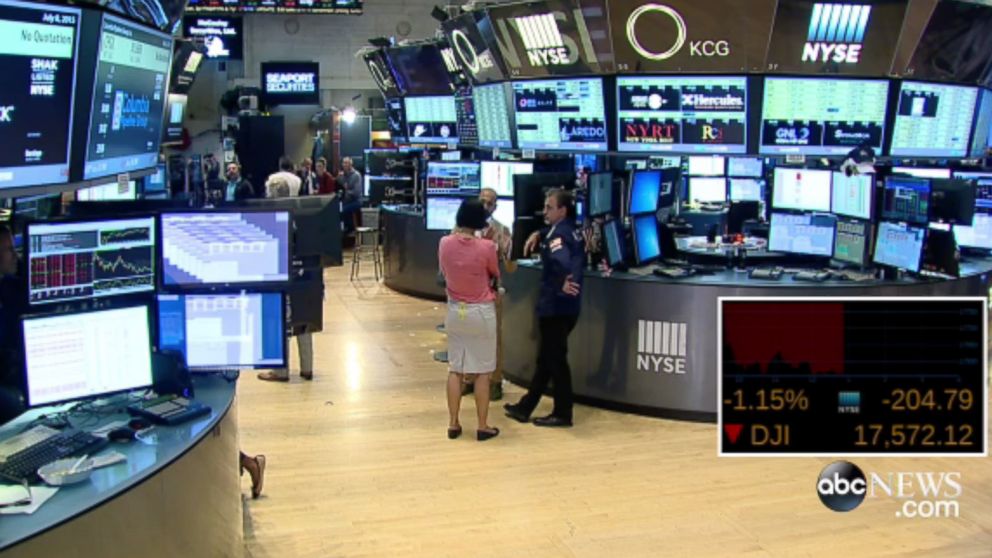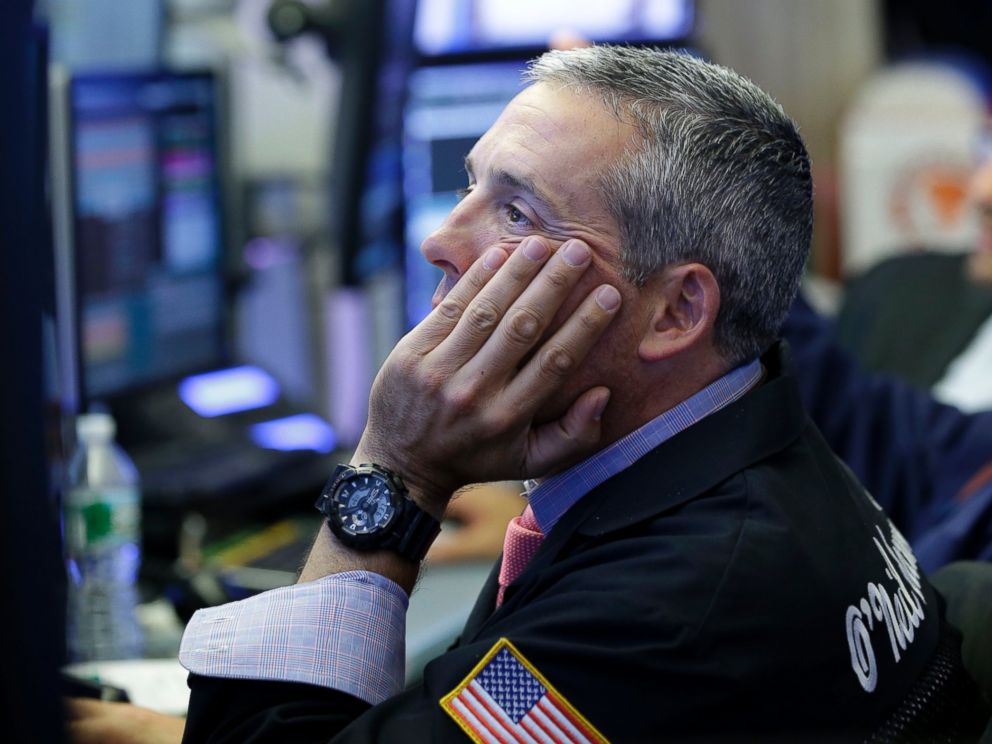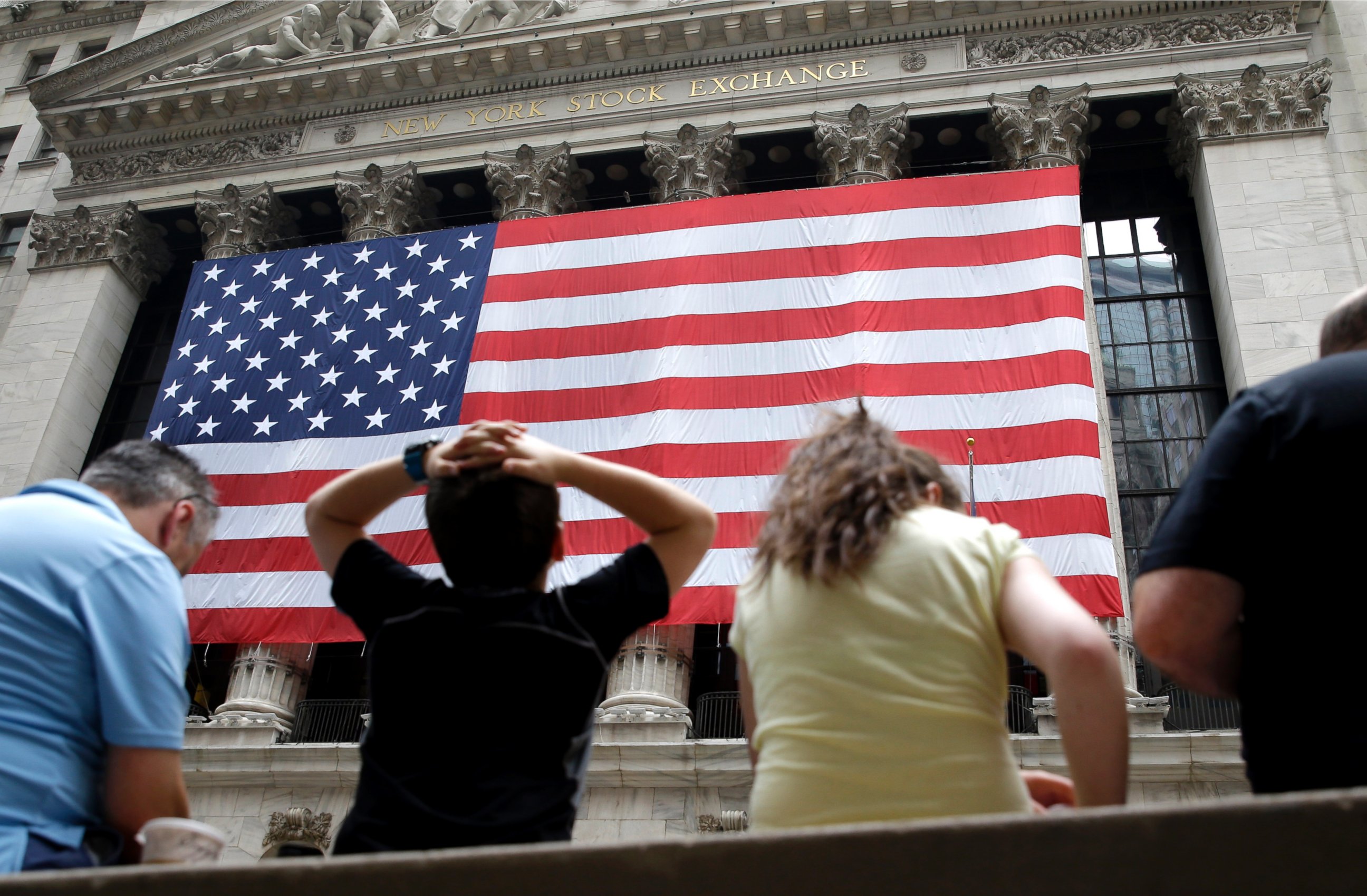New York Stock Exchange Blames Shutdown on 'Configuration Issue' as Dow Falls
A systemwide technical issue had stopped the buying and selling of securities.
— -- The Dow Jones Industrial Average took a triple digit hit Wednesday after trading on the New York Stock Exchange (NYSE) was halted for three and a half hours.
Exchange officials blamed the shutdown on a "configuration issue" with their systems, according to a statement, and not a "cyber breach," according to a NYSE tweet. The configuration issue pertained to how the exchange's systems interact with one another, a source said.
At the end of trading in New York at 4 p.m., the index closed down 261 points or 1.5 percent to 17,515, while the S&P 500 fell 34 points, about 1.7 percent. The tech-heavy Nasdaq was down 1.8 percent.
The New York Stock Exchange halted trading at 11:32 a.m. ET, leaving investors unable to buy and sell securities. The New York Stock Exchange said its floor trading resumed just after 3:10 p.m. Trading for NYSE MKT, the exchange for small-cap companies, resumed at 3:05 p.m.

Boston College's Carroll School of Management finance professor Jeffrey Pontiff told ABC News the biggest impact was the limit of high frequency trading operations.
“It won't affect individuals' wealth in general," Pontiff said. "Your wealth is still there.”

Charles Jones, professor at Columbia Business School, said the good news about the NYSE glitch is that U.S. stocks trade simultaneously on several different platforms. NYSE stocks trade on more venues than just the exchange and the other platforms are an information source for prices when the NYSE is not open, Pontiff said.
“It’s not completely seamless, but it’s not too hard for market participants to adjust and continue their trading at the other venues,” Jones said.
The glitch would have been a larger issue if the outage lasted all day, Jones said. That’s because the NYSE conducts a heavily-used closing auction at 4 p.m. to determine the official closing price for NYSE-listed stocks. The absence of the auction would have caused some pain to traders if the NYSE was still halted.





